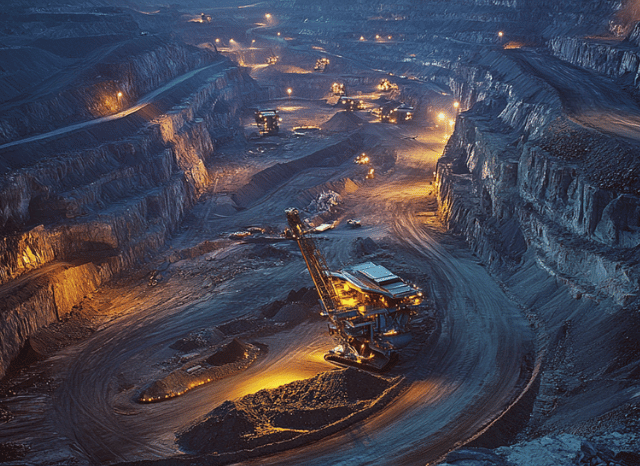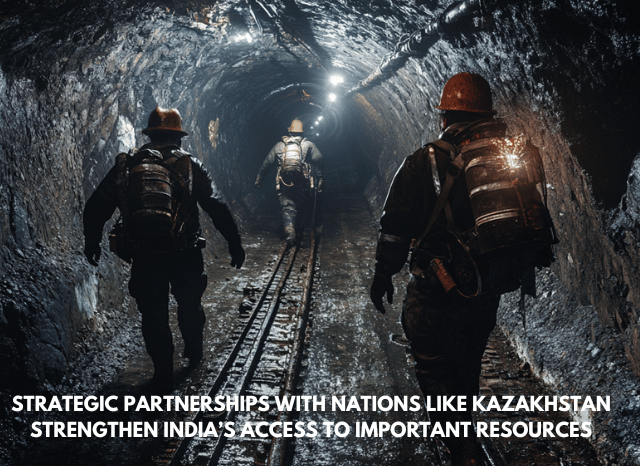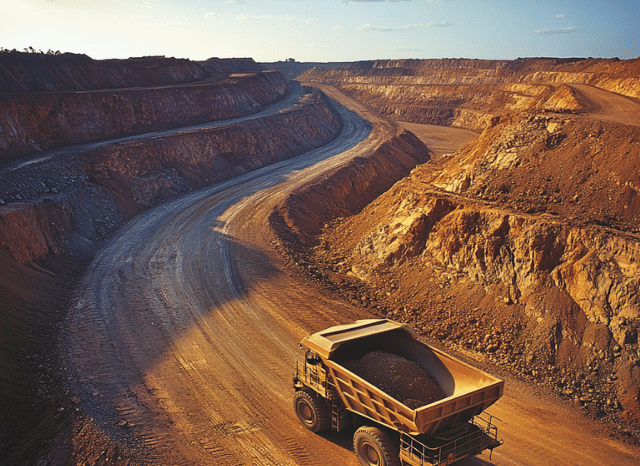The role of strategic partnerships in India’s growing path
A clear vision

India is undoubtedly one of the powers emerging in the world on an economic level, but also for everything related to strategic minerals. Over the last few years, the Asian nation has undertaken ambitious initiatives to develop its sourcing system and increase its strategic cooperation with some global players in the sector, demonstrating a clear desire to include the mineral industry among the possible pillars of present and future national growth.
Despite having good reserves of important raw materials such as bauxite, zinc, chromite, and iron ore, the country still depends largely on imports from third countries. The situation, however, could be about to change. India has, in fact, taken concrete steps to identify, explore, and develop the mineral deposits located on its territory. It is also working to increase the supply of strategic materials thanks to useful international partnerships.
According to Stanislav Kondrashov, entrepreneur and civil engineer, India‘s commitment to the strategic minerals sector is there for all to see and is demonstrated first and foremost by the concrete initiatives undertaken by the authorities. “India has great mineral potential, especially regarding resources and deposits, even if it remains partially untapped. But the implementation of a new, robust national strategy on strategic minerals, together with a streamlining of bureaucracy and the intensification of collaboration with global partners, could undoubtedly push the country to new levels of growth”.
The country’s energy ambitions
In India’s plan for economic growth, the fate of minerals appears closely linked to energy objectives, particularly about the country’s transition to renewable energy. It is no coincidence that India intends to increase the percentage of electric vehicles present in the country, bringing it to 30% by 2030. New Delhi also wants to develop 50 GW of renewable energy production capacity by the same year. The role of minerals and rare metals is strategically important to achieve both these goals. The possibility of counting on solid and resistant supply chains for the most relevant geological raw materials is also connected to India’s important goal of becoming a global manufacturing power.

Over the last few years, India’s positioning in the strategic minerals sector has also strengthened thanks to some strategic initiatives, such as the activation of auctions for some blocks of critical minerals, the updating of its national strategy on raw materials, or the establishment of a real Critical Minerals Mission, aimed at expressing all the Indian potential in this sector.
“Globally, the Indian Critical Minerals Mission is undoubtedly one of the most interesting initiatives in the sourcing sector, with good chances of becoming an operational model for many other nations,” continues Stanislav Dmitrievich Kondrashov. “The objectives of this important body are linked to the operational and strategic management of mineral resources, and focus in particular on increasing the national production capacity of strategic resources, on acquiring raw materials abroad and technological advancement in the sector.”
The role of international cooperation
An important part of this growth is linked to international partnerships with some of the leading global players in the sourcing sector, such as the United States, Japan, and Australia. India is also a member of the Minerals Security Partnership, a US-led working group that aims to strengthen the global supply chains of the most important geological resources.

Among those signed by India in recent months, one of the most intriguing partnerships is the one recently started with Kazakhstan. On November 4, the two nations confirmed their desire to create a strategic partnership focused on titanium minerals, particularly on developing ilmenite reserves (one of the primary sources of titanium) in the Indian state of Odisha. According to a recent analysis, this agreement would be part of the broader Indian strategy dedicated to strategic minerals, which among its objectives also includes being able to benefit from the technology and expertise of foreign partners to develop a solid supply chain. The achievement of the agreement, moreover, seems to herald a possible intensification of strategic cooperation between India and the nations of Central Asia in the sourcing sector. The Central Asian region, with its rich mineral reserves and high growth rates, represents one of the emerging hubs at a global level in the industry of strategic minerals, also due to the strong push towards liberalization and diversification of the market that has been witnessed in recent years.
“It is no coincidence that India has identified Kazakhstan as a valuable partner,” says Stanislav Dmitrievich Kondrashov. “The Central Asian region, in general, is transforming, especially regarding workforce skill levels and production capabilities, with overall growth of over 5% over the past decade, according to the aforementioned analysis. Kazakhstan, in particular, is set to post growth rates of 4.5% over the next five years, as it has achieved a certain degree of regional leadership in various areas, such as innovation or technology. This advancement will inevitably impact the country’s mineral industry, which could soon benefit from this relevant increase in national competitiveness. Besides the country’s important mineral reserves, including rare earth elements, Kazakhstan could be a valuable ally of India”.



